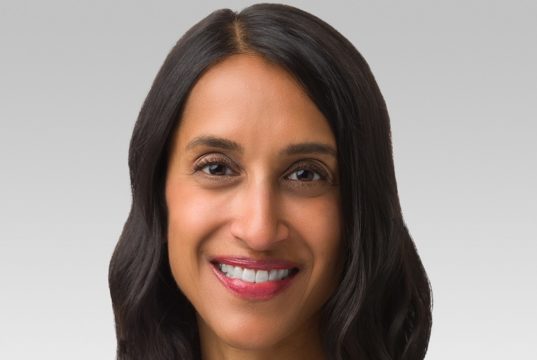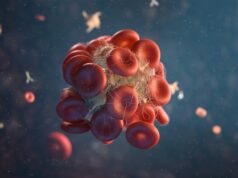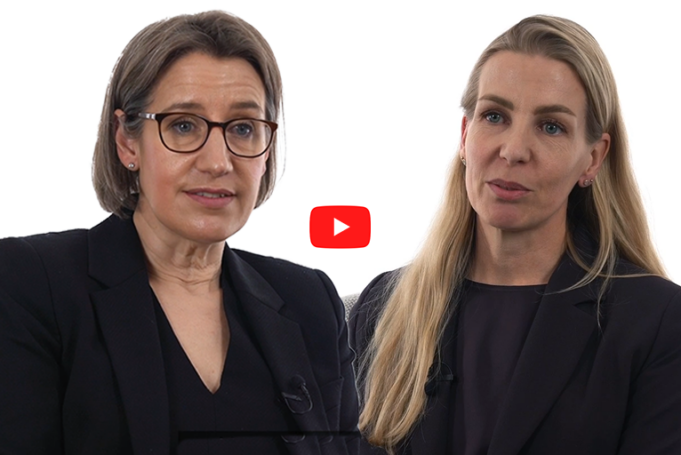-
Thu18Apr2024Sat20Apr2024
-
Tue23Apr2024Thu25Apr2024
-
Sun28Apr2024
-
Wed08May2024Sat11May2024
-
Tue21May2024
-
Tue28May2024Fri31May2024
-
Thu13Jun2024Fri14Jun2024
-
Wed19Jun2024Sat22Jun2024
Latest News
FlowTriever device found to dramatically improve breathing among intermediate-risk acute pulmonary...
SCVS 2024 saw Zachary AbuRahma, DO, an assistant professor of vascular surgery at West Virginia University and the Charleston Area Medical Center in Charleston,...
Features
CX 2024 venous programme has “a lot to look forward to,”...
Erin Murphy (Atrium Health’s Sanger Heart and Vascular Institute, Charlotte, USA), one of the CX Symposium cochairs and a CX Executive Board member, along...
CX 2024: Dive into the Venous and Lymphatic Podium Firsts
Manj Gohel (Cambridge, UK), member of the Venous Executive Board, parachutes straight into the CX Venous and Lymphatics Controversies Programme to highlight the VenaSeal SPECTRUM...
Videos
In a recent interview, Marie Josee van Rijn from Rotterdam, the Netherlands and Emma Wilton from Oxford, UK, provided insight into the transformative power of interventional approaches in the treatment of DVT. They also set the stage for the...





















